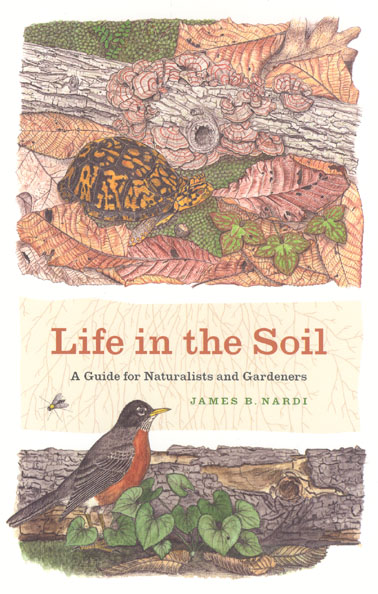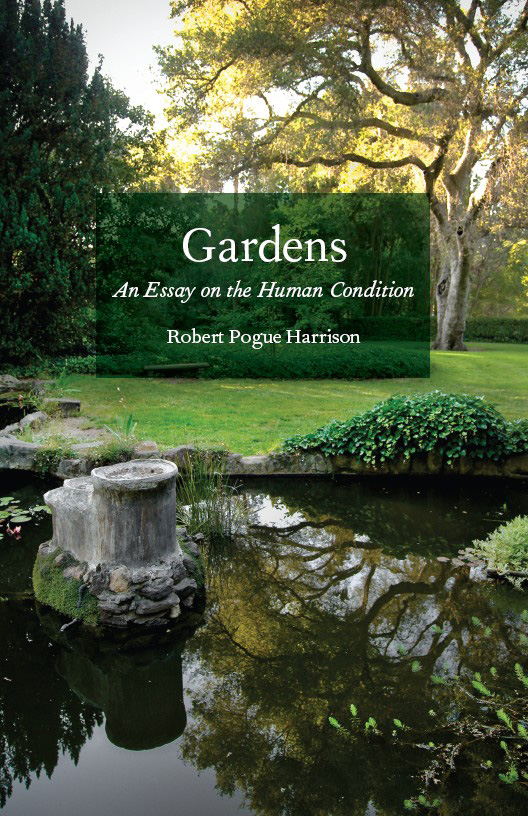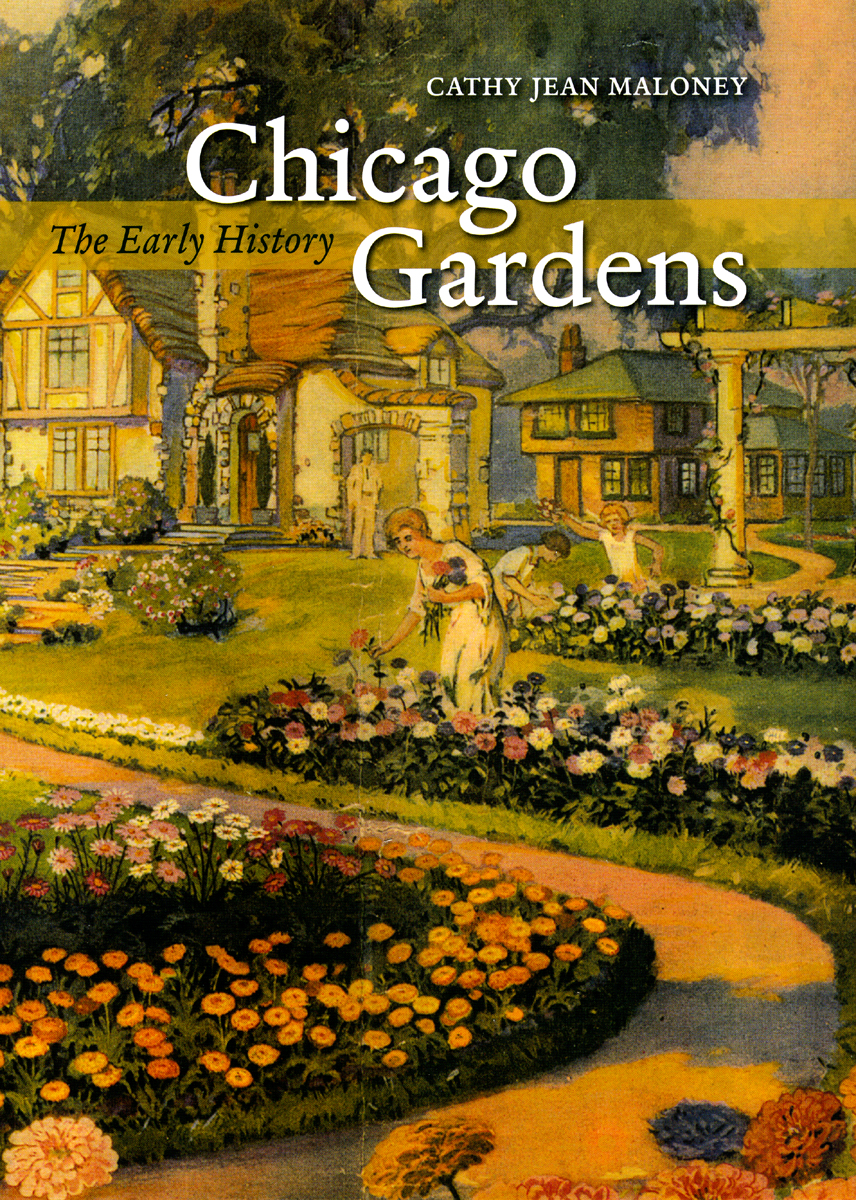Start your own recession garden!
If the weather’s nice enough, this weekend will be one of the first opportunities for Chicago gardeners to get outdoors and begin preparing for the upcoming growing season (can you believe it snowed again just last week?). And with the recession making the idea of a small vegetable garden more appealing, many folks new to gardening will be hunting down information about their new-found pastime. On the off chance that you’re one of them, here’s a list of books to get you started.

As any seasoned gardener will tell you, the first step to a productive garden is to make sure you’ve got healthy soil. The biological world under our toes is often unexplored and unappreciated, yet it teems with life. In one square meter of earth, there lives trillions of bacteria, millions of nematodes, hundreds of thousands of mites, thousands of insects and worms, and hundreds of snails and slugs—all of which help to produce the nutrients essential for healthy plant growth. But because of their location and size, many of these creatures are as unfamiliar and bizarre to us as anything found at the bottom of the ocean.
Lavishly illustrated with nearly three hundred color illustrations and masterfully-rendered black and white drawings throughout, James B. Nardi’s Life in the Soil: A Guide for Naturalists and Gardeners invites naturalists and gardeners alike to dig in and discover the diverse community of creatures living in the dirt below us.

And for those that desire a deeper inquiry into the history and philosophy of their pastime, Robert Pogue Harrison’s Gardens: An Essay on the Human Condition graces readers with a thoughtful, wide-ranging examination of the many ways gardens evoke the human condition. Moving from from the gardens of ancient philosophers to the gardens of homeless people in contemporary New York, he shows how, again and again, the garden has served as a check against the destruction and losses of history. The ancients, explains Harrison, viewed gardens as both a model and a location for the laborious self-cultivation and self-improvement that are essential to serenity and enlightenment, an association that has continued throughout the ages. The Bible and Qur’an; Plato’s Academy and Epicurus’s Garden School; Zen rock and Islamic carpet gardens; Boccaccio, Rihaku, Capek, Cao Xueqin, Italo Calvino, Ariosto, Michel Tournier, and Hannah Arendt—all come into play as this work explores the ways in which the concept and reality of the garden has informed human thinking about mortality, order, and power.
Read an excerpt.

Or for a more scientific approach, you might check out the latest from Jonathan Silvertown, Professor of Ecology, The Open University, UK, and author of An Orchard Invisible: A Natural History of Seeds. In a clear and engaging style, Silvertown’s book delves into the science of seeds: How and why do some lie dormant for years on end? How did seeds evolve? The wide variety of uses that humans have developed for seeds of all sorts also receives a fascinating look, studded with examples, including foods, oils, perfumes, and pharmaceuticals.
Read an excerpt or see the author’s website.

Last but not least, offering a more localized look at gardening, Cathy Jean Maloney’s Chicago Gardens: The Early History takes a revealing look at how our fair city earned the sobriquet, Urbs in Horto—from the first vegetable plots at Fort Dearborn to innovative garden designs at the 1933 World’s Fair. Challenged by the region’s clay soil, harsh winters, and fierce winds, Chicago’s pioneering horticulturalists, Maloney demonstrates, found imaginative uses for hardy prairie plants. This same creative spirit thrived in the city’s local fruit and vegetable markets, encouraging the growth of what would become the nation’s produce hub.
Maloney does not forget the backyard gardeners: immigrants who cultivated treasured seeds and pioneers who planted native wildflowers. Maloney’s vibrant depictions of Chicagoans like “Bouquet Mary,” a flower peddler who built a greenhouse empire, add charming anecdotal evidence to her argument—that Chicago’s garden history rivals that of New York or London and ensures its status as a world-class capital of horticultural innovation.
See this web feature about five Chicago area legacy gardens.